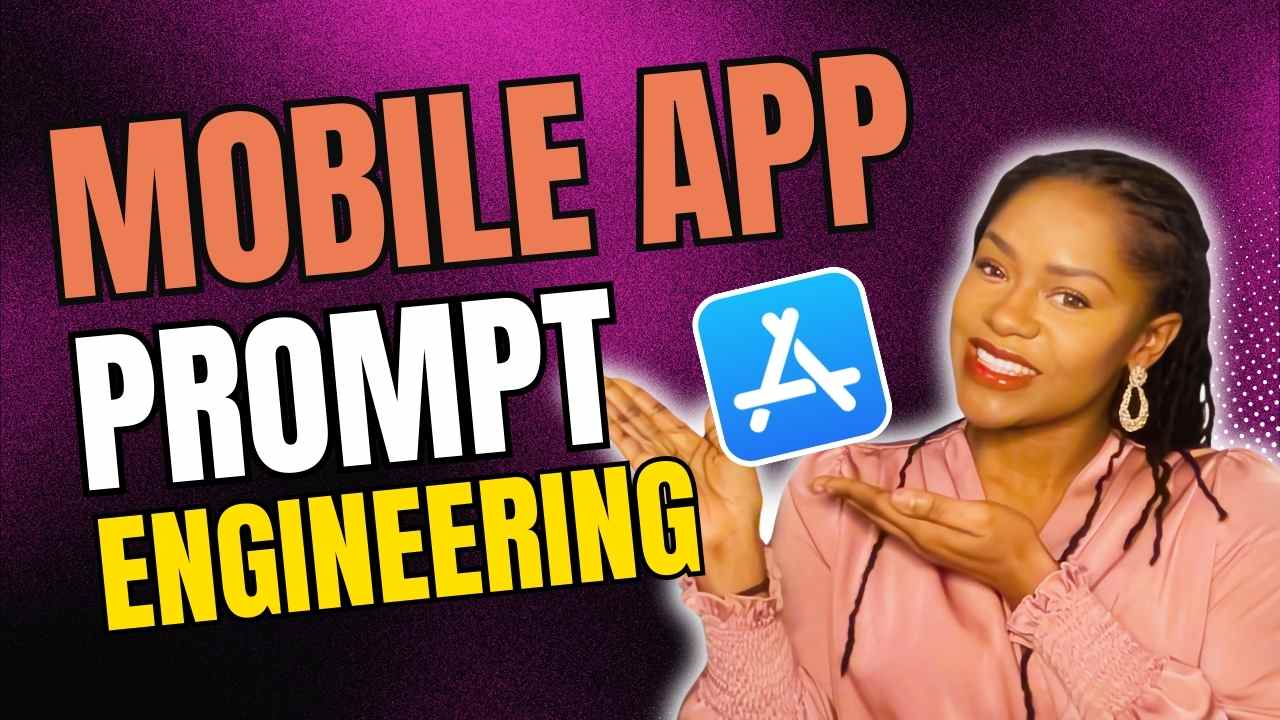Windsurf AI No-Code Crash Course: 7 Steps To Success
You can build anything using Windsurf! Web applications and SaaS products, mobile apps and progressive web apps, internal tools and business process automation, customer portals and membership sites, e-commerce and marketplace platforms... and the list goes on.
These are the 7 steps to success for anything you build in Windsurf:
1. Ideation & Inspiration
Sketch the Big Picture
Grab a notepad or a whiteboard app. Think about the core concept, the features, and any must-have screens. The more tangible your idea is, the easier it is for Windsurf AI to bring it to life. Wireframes or simple mind maps are perfect.
Hunt for Design Sparks
Check out UI galleries, Dribbble, or Behance. Notice color combos, font choices, or layout approaches. Don't clone an entire design, but borrow small details that fit your brand's vibe.
2. Documentation is Everything
Why Document?
AI models thrive on clarity. A well-laid plan lets Windsurf AI deliver exactly what you pictured. Half-baked instructions lead to random, off-target results.
The .windsurfrules File
Create a .windsurfrules file with guidelines for your AI workflow. Mention any consistent stacks, styling rules, or unique constraints. Windsurf AI checks these rules first, ensuring every build aligns with your preferences.
3. Project Requirements Document (PRD)
Summarize Your Vision
Write a PRD that covers your Introduction, App Flow, Features, and Scope. This doc captures your entire concept:
- Purpose: What problem are you solving?
- Core Features: Maybe user profiles, dashboards, or chat features.
- Must-Haves vs. Extras: Spell out your non-negotiables, then list bonus features that might come later.
- Tech Preferences: Even in a no-code or AI-assisted build, mention the frameworks or APIs you'd love to use.
A solid PRD keeps you from drifting off track mid-project.
4. App Flow Document
Map Every Click
Explain how users move through your software. If someone clicks "Sign Up," describe the next screen. If they open settings, show where that leads. An easy bullet list works:
- Landing Page →
- Sign Up or Demo Option →
- Dashboard with multiple sections →
- Features, tasks, or anything else you're adding.
This path helps Windsurf AI understand how to link pages and define transitions.
5. Tech Stack & Frontend Guidelines
Tech Stack Blueprint
If you need third-party APIs—like payments, maps, or social logins—highlight them. Specify your Frontend and Backend picks, or simply note you'd like Windsurf AI to pick the best route.
- Frontend: UI libraries or frameworks you're comfortable with.
- Backend: Databases, hosting, or serverless approaches.
- Deployment: If you have a favorite hosting platform or environment.
Style & Layout
Share your color palettes, font choices, and design principles. Minimalist or edgy? Outline navigation bars, page sections, or button styles. The more detail you provide, the better your final app will look.
6. Backend Structure
The App's Core
Even if you're leaning no-code, you should plan how data is stored and secured. Windsurf AI can handle:
- User Authentication: Basic login vs. social logins.
- Database Setup: Entities for products, orders, user accounts—whatever suits your project.
- Storage Buckets: For images or large files, if needed.
- API Endpoints & Security: If you'll connect external data or services, define them here. Mention encryption or other security measures.
When you clarify these details, Windsurf AI can configure your backend without guesswork.
7. Project Status & Tips
Keep a Status Document
Log each step or milestone as you build. Did you finalize the signup flow? Did you solve a glitch with user authentication? Mark it down. This record helps AI pick up where it left off, preventing repeated errors or confusion.
Practical Pointers
- Create in Chunks: Don't dump everything into one massive prompt. Break it up by pages or features.
- Engage Windsurf AI: If you see an error, paste it into the composer. Ask AI to analyze root causes.
- Use Agents: Some versions of Windsurf AI come with built-in agents that can install or configure packages automatically. You just steer, and the AI handles the grunt work.
Your documentation sets the stage for a smooth no-code (or low-code) build. By organizing everything into these 7 steps, you'll glide from ideas to a fully functional product without wrestling with code.
Featured Guides

Ready to transform your business?
